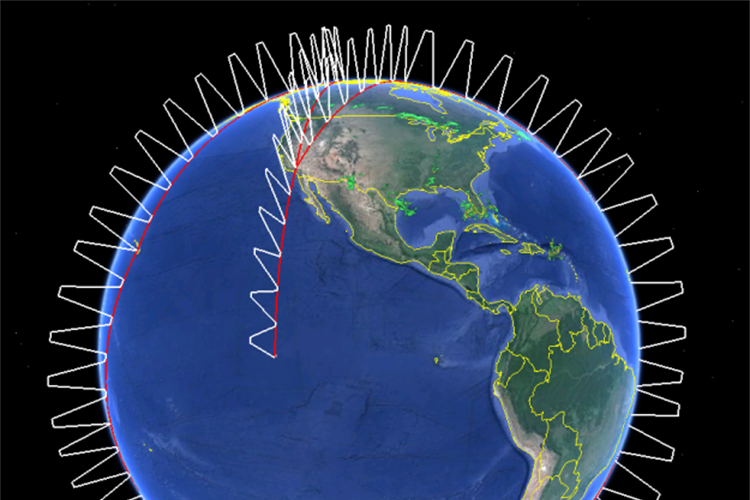Atmospheric Tomography Mission (ATom)
July 8, 2016

The Atmospheric Tomography Mission (ATom) is focused on understanding the impacts of human-produced air pollution. Specifically, ATom will study tropospheric ozone, methane, and black carbon aerosols. These short-lived climate forcers are important examples of pollutants that affect air quality and also contribute to global warming. Reducing the concentrations of these compounds in the atmosphere can effectively slow global warming in the short term and improve air quality.
ATom will use an array of data collection techniques and instruments to build a scientific foundation for understanding the key drivers for processing and atmospheric removal of these human-produced air pollutants. Scientists from NOAA ESRL’s Chemical Sciences Division (CSD) and Global Monitoring Division (GMD) play important leadership roles in this multi-agency project.
What makes ATom unique is its systematic measurements performed on a global scale: flights will sample the atmosphere continuously at all altitudes, in all four seasons, around the world to create a single, comprehensive data set relevant to nearly 70 percent of the global marine atmosphere.
23 different instruments aboard the NASA DC-8 plane will record the chemical, microphysical, and meteorological state of the atmosphere, measuring more than 100 different chemical, aerosol, radiative, and physical parameters. NOAA ESRL CSD and GMD researchers and engineers have designed, built, and installed more than a quarter of the instruments on-board.
Data collected during ATom will show the distribution, sources, and variability of greenhouse gases and ozone-depleting substances all over the globe, providing unique new constraints on Earth system and climate models. The extraordinary data from ATom will be used to validate satellite remote sensing data.
The DC-8 is currently being outfitted in Palmdale. Research flights begin at the end of July.
